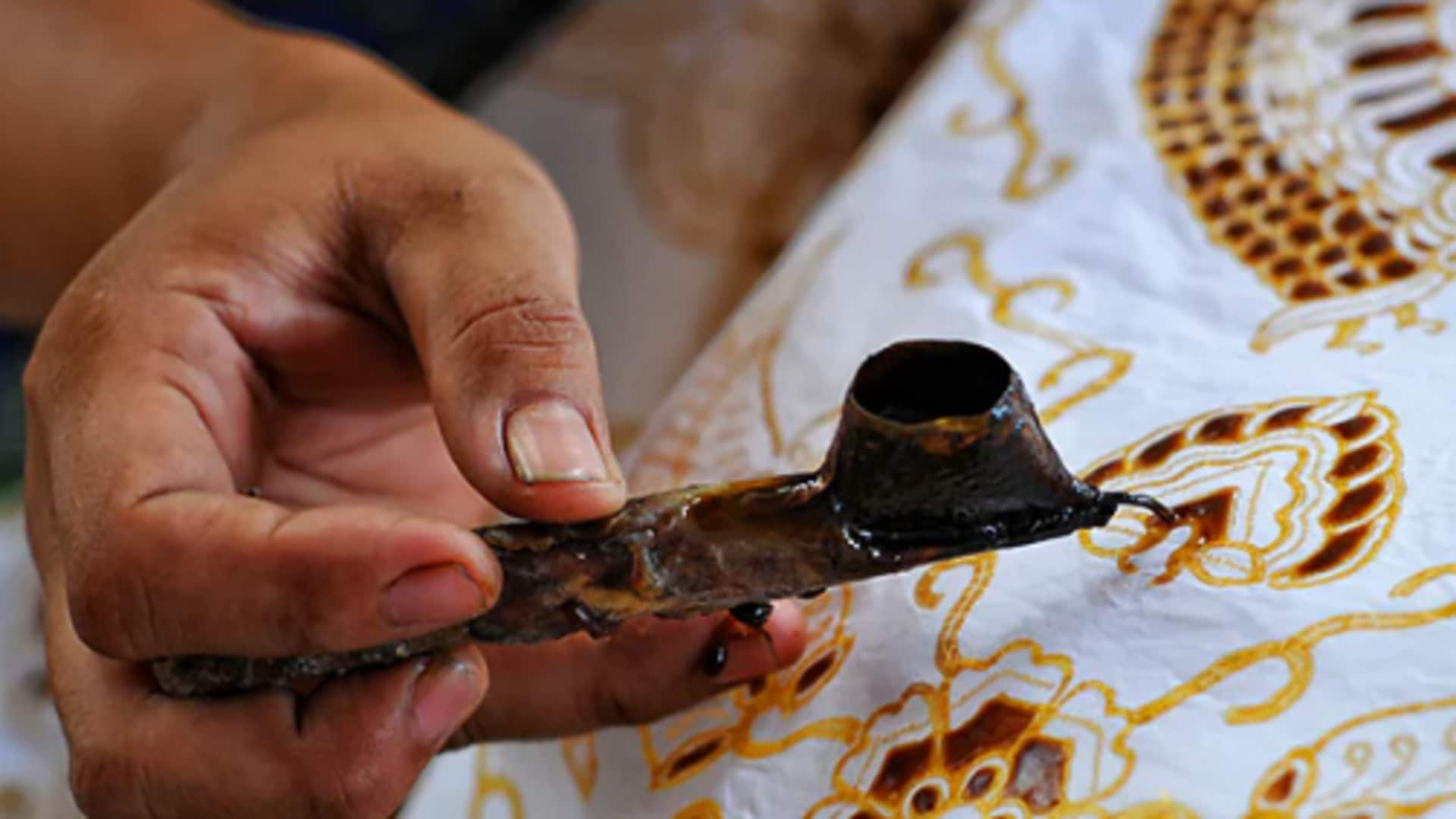
Ancient batik: Wax-resist textile dyeing techniques
What's the story
Batik is an ancient art form that employs wax-resist dyeing techniques to produce intricate patterns on fabric. From places like Indonesia, this technique involves waxing cloth and then dyeing it. The waxed areas resist the dye, making for unique designs. This age-old craft has been passed down through generations and remains a popular textile art form even today. Here are some insights into mastering this fascinating technique.
Basics
Understanding the basics of batik
To start with batik, one must know what goes into it. The main ingredients are fabric- generally cotton or silk; wax- commonly a combination of beeswax and paraffin; and dyes for coloring. Using tools such as tjanting needles or brushes, the wax is applied on the fabric. Once the design is drawn with wax, the cloth is dyed in stages, allowing for multiple colors, complex patterns.
Fabric selection
Choosing suitable fabrics
Selecting the right fabric is key to successful batik creation. Natural fibers like cotton or silk are ideal as they absorb dyes well. These fabrics also hold up to the repeated waxing and dyeing processes without losing integrity. Don't forget to pre-wash fabrics to remove any sizing or impurities that could interfere with dye absorption.
Wax application
Mastering wax application techniques
Applying wax accurately is essential in batik artistry. Tjantings are traditional tools used for drawing fine lines with hot liquid wax on fabric surfaces. Brushes can be employed for broader strokes or filling larger areas with wax. Consistent temperature control of the melted wax ensures smooth application without clumping or cracking during subsequent dye baths.
Dye bath
Exploring dye bath processes
The dye bath process in batik is where the fabric is immersed into dyes after waxing, starting from the lightest and going to darker shades. This adds depth to the patterns by resisting the sections covered by the wax. The protective coats, made from beeswax and paraffin, are blended harmoniously beforehand. This technique results in the final results, showing intricate designs and colors on fabric.